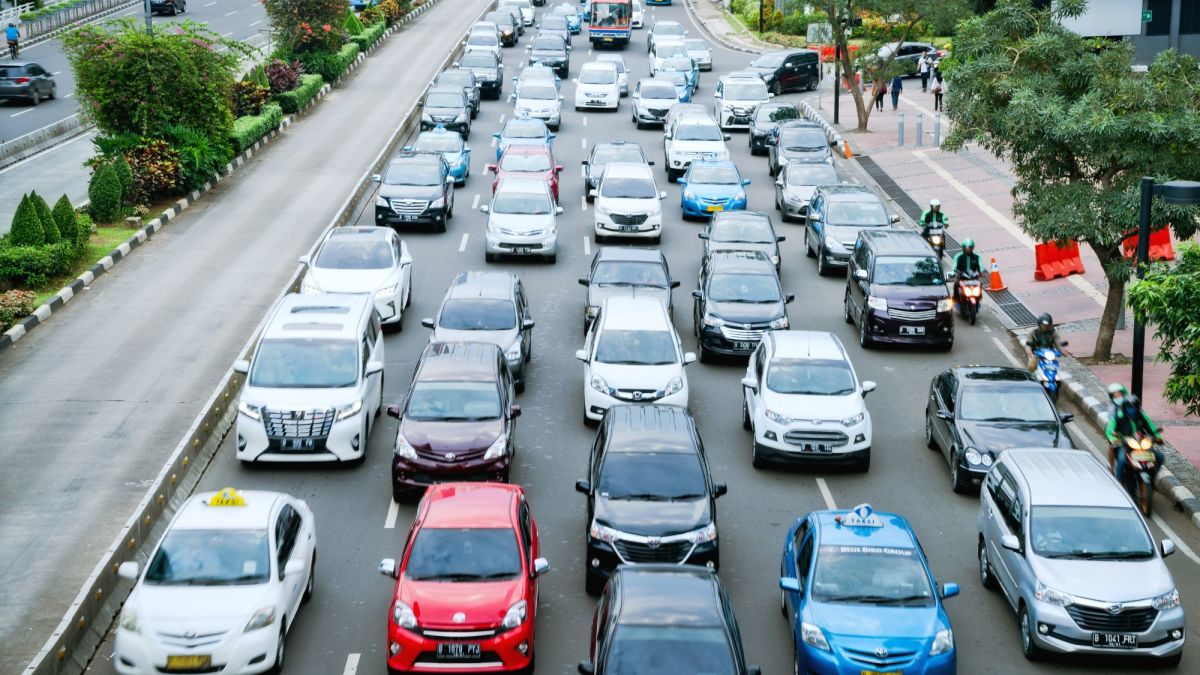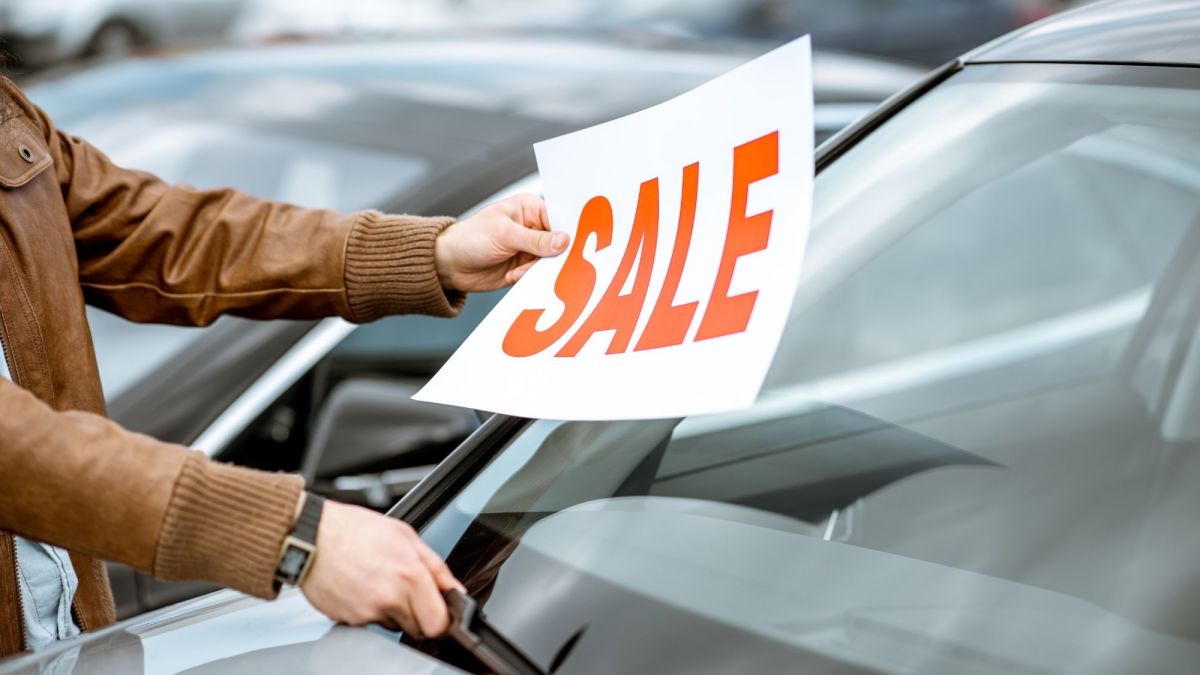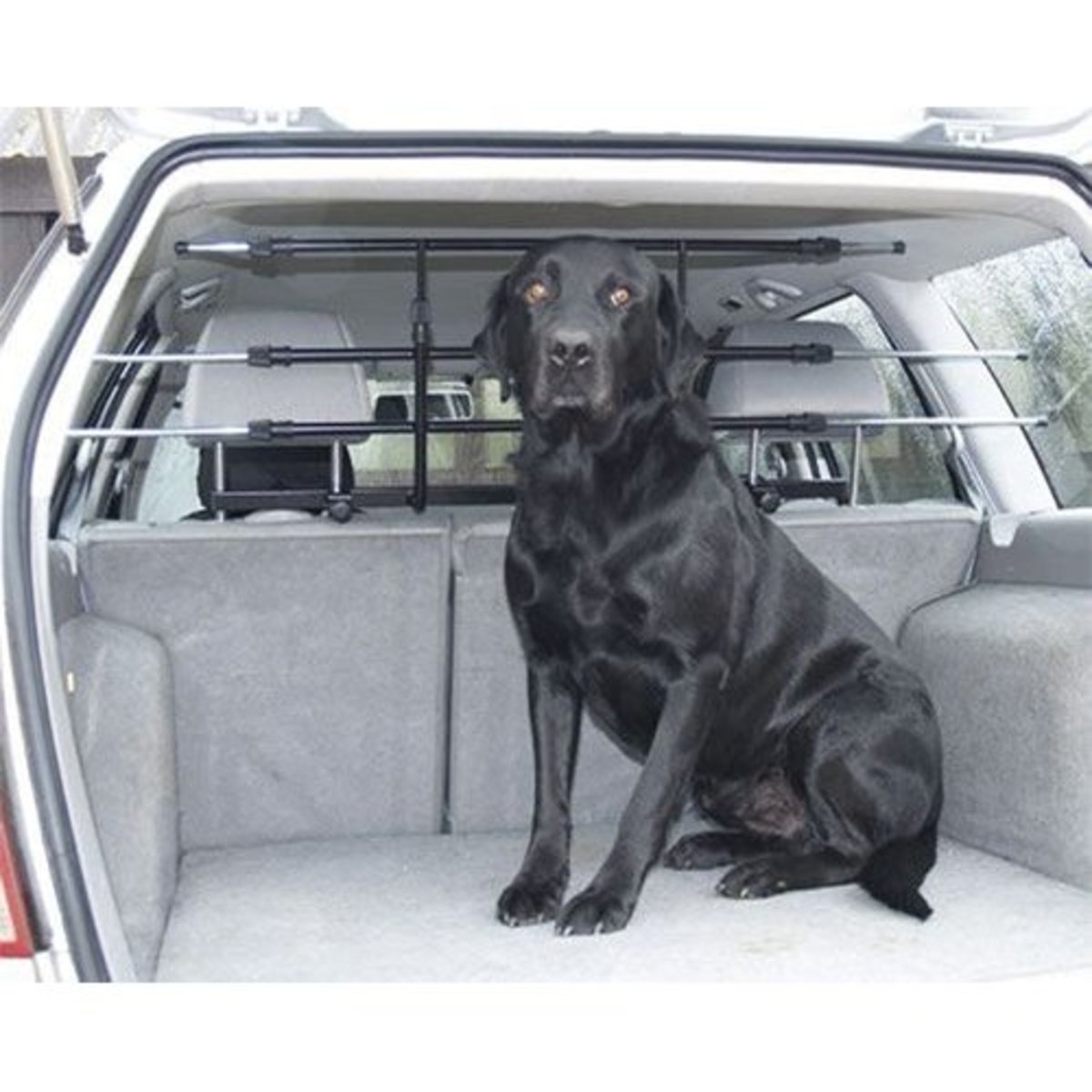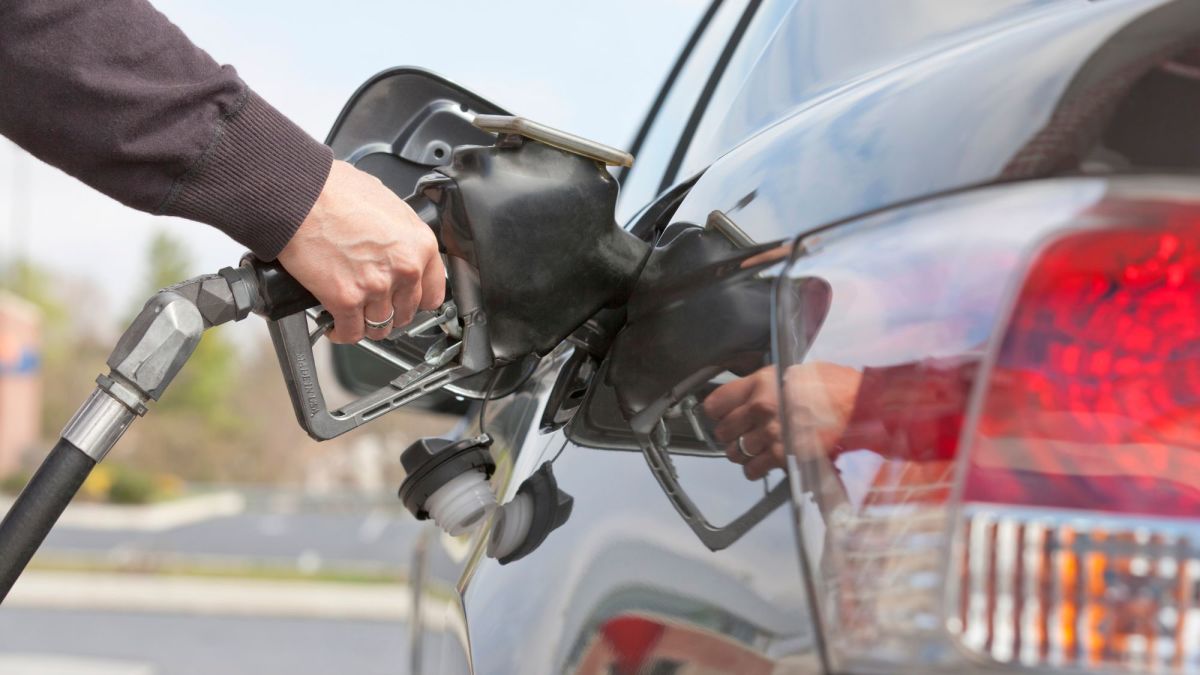How to make driving more affordable
How to make driving more affordable
Every year around 20% of the nation’s income goes into transport costs. The price of getting to and from work is always on the rise and even though we discuss it at lengths among friends, we end up sitting back and taking it. We never do anything to help ourselves. In this article I am going to explore some ways in which you can really cut the cost of driving and really stop feeling like you are being robbed.
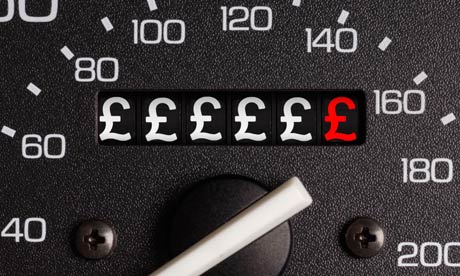

Choosing your car
When buying a car you should be conscious of the costs that will come with driving the car. There are many factors you should be aware of.
1) You should consider an electric car or a car with low emissions. These usually are cheaper in terms of road tax and insurance.
2) Don’t buy a car based on style. Buy a car based on practicality. Sports cars and SUV’s are very inefficient to run. Family cars and smaller cars are a lot more fuel efficient.
3) When choosing between two different engine models of a car go for the more conservative one. On city roads you really won’t notice the difference, but the smaller engine size will cost less to run.
4) Hunt around for your car insurance. Don’t be afraid to move companies every year. Use comparison websites to find you the best deal. You can usually negotiate these deals further and get them to throw in extra features such as road side assistance. If you have multiple cars in your house try and find a multi car policy. These are usually real great deals.
5) Get your car serviced every year. Make sure all the components in the engine are working at their optimum performance.
6) Try to change your cars within three years of purchase. This will give you the best trade in deal, and will minimise your maintenance costs.

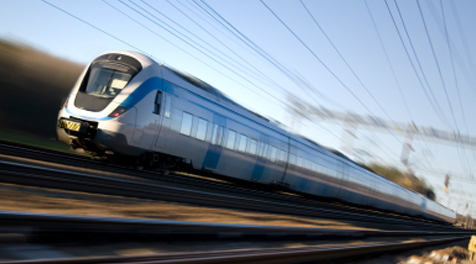
Find Alternative methods to get around
The simplest thing you can do to cut down your driving costs is to cut down the amount of time you spend behind the wheel. You might consider the following:
1) Walk or Cycle instead of driving. This is good for your health, the environment and your bank balance.
2) Consider public transport. This often can be cheaper than driving. Even if you commute on public transport for work; and with your car socially you can save a fair percentage of your income.
3) If you have no option but to drive to work due to your distance from your office; consider moving closer to your office. This is a bold step but can greatly improve your financial status.
4) Find friends or colleagues who you can car share with. Two people doing the same journey daily, in two separate cars are paying twice as much for commuting independence. Why don’t you drive the two of you to work this week and let your colleague do the driving for the both of you next week.


Make your car more efficiently
If you have to use your car there are many simple things you can do that will help your car run more efficiently.
1) Remove all excess things from your car. The mechanics of a car follow a basic principle. The heavier your vehicle is, the more fuel it going to use. All those extra things in your glove box and boot should not be in there unless you really need them! [Increases efficiency by 2.5%]
2) Due to the fact that the weight of the car is proportional to the fuel you use, you should also only ever fill your petrol tank up 50%. Petrol is not light. A full tank is carrying around useless weight. By filling up less fuel more often, you will see a noticeable reduction in your annual fuel bills. [Increases efficiency by 2.5%]
3) Keep your tyres fully inflated. If your tyres are running low your car will have more ‘drag’. This will cause your car to be less efficient and cost more in terms of fuel. [Increases efficiency by 3%]
4) Don’t leave a roof rack on your car unless you are using it. This not only adds excess weight, but increases the drag of the vehicle quite a lot. [Increases efficiency by 2%]
5) Turn you car off when you are idling at a traffic light or a queue. If you waiting for somebody don’t leave your engine running either! This is just burning fuel for reason at all. [Increases efficiency by 4%]
6) At low speeds don’t use the air conditioning. When driving at speeds under 40mph (65kph), the air conditioning is very expensive to run. Instead open the windows! This is a lot more cost effective and is better for the car. [Increases efficiency by 6%]
7) At higher speeds, above 40mph (65kph) try not to keep your windows open. Instead use the air conditioning. The open windows will rapidly increase the drag on the vehicle and will burn more fuel unnecessarily. [Increases efficiency by 6%]
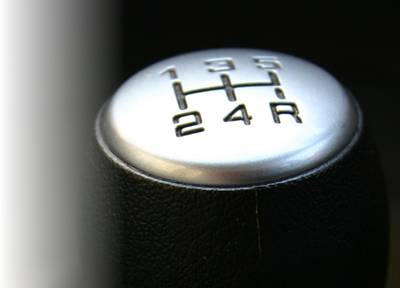
Drive more fuel efficiently
There are many skills you can implement in terms of your driving that will make the fuel in your car more efficient and offer you more miles for your money. These are really things that everyone on the road should be thinking about and following them will only benefit you.
1) Don’t over accelerate. Whether you are in a manual or automatic car you should speed up slowly. The quicker you accelerate the higher your revs will go. You should keep a constant eye on your rev counter, and you should try to always keep your revs below the 3000 mark. The higher your revs, the more power the car is asking for. This comes from burning fuel. Speeding up more slowly will get you to the same speed; but will cost you less fuel.
2) Change your gears correctly, and stay in the right gear. Driving in the wrong gear will increase your revs to a very high mark and once again will burn unnecessary fuel.
3) Slow your car down naturally. Don’t use the breaks unless you have too. If you see a traffic light up ahead take your foot of the accelerator and let the car slow down without using the break. Using the break is turning all that positive energy created by the fuel in your tank into nothing. Use only as much fuel as you need. Don’t waist more!
4) Consider your road position. Watch what is happening ahead on the road; don’t just look at the car in front of you, but two cars in front of that car. Knowing what is happening ahead on the road will allow you to have more time to react and not accelerate or break harshly.
5) Press the accelerator pedal slowly. The harder you accelerate the more power you are wasting. Unless you are racing, or running from the cops there is no need to force the accelerator down.
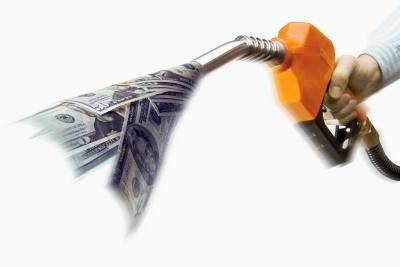
Fuel
When filling up fuel in your car there are lots of little tips that you can follow that will make your experience more cost effective.
1) Use the internet to find a website (e.g. www.petrolprices.com) that will do the hard work for you. Websites such as these will tell you where the cheapest petrol is available in your area. Driving a few hundred metres further to save three cents/pence on a litre of fuel is a good idea.
2) Use Supermarket Deals. A great example in the UK is Tesco’s long running offer. If you spend £50 in a supermarket you get given a voucher for 5p off a litre of fuel. This voucher is good for one full tank of fuel! Just make sure you if you happen to get these vouchers you use them!
3) Fill up your tank before it’s running on total empty. Usually your car will notify you it needs fuel 30 – 50 miles before the tank is fully empty. Fill up effectively. As soon as the light comes on think about where the cheapest fuel is and how to get there. Don’t just go to the next fuel station. You might be paying 5p per litre then you need to.
4) Don’t waste your time and money on “high performance fuels.” These are really not worth the extra money. If they are told by your car dealer that your car specifically requires this type of fuel that is another issue; but for the average car you are just pouring extra money down the drain.
5) If you choose to fill up your tank to the very top (I would recommend only doing this for long journeys where you don’t expect to cross paths with a fuel station) don’t fill past the stopping point. Every fuel pump will disengage as soon as your tank is full. Most people will ignore this warning and continue filling until you fuel value is at the next full dollar / pound mark. This is a waste of those precious pennies / cents. That extra fuel is coming out of your pocket but it is not going into your car. Per year you could easily save $20 - $30 by just stopping the fuel pump when it disengages!
I hope this article helps you save some money over the coming year. Even if you only implement a few of the techniques you should start noticing financial saving’s soon.

